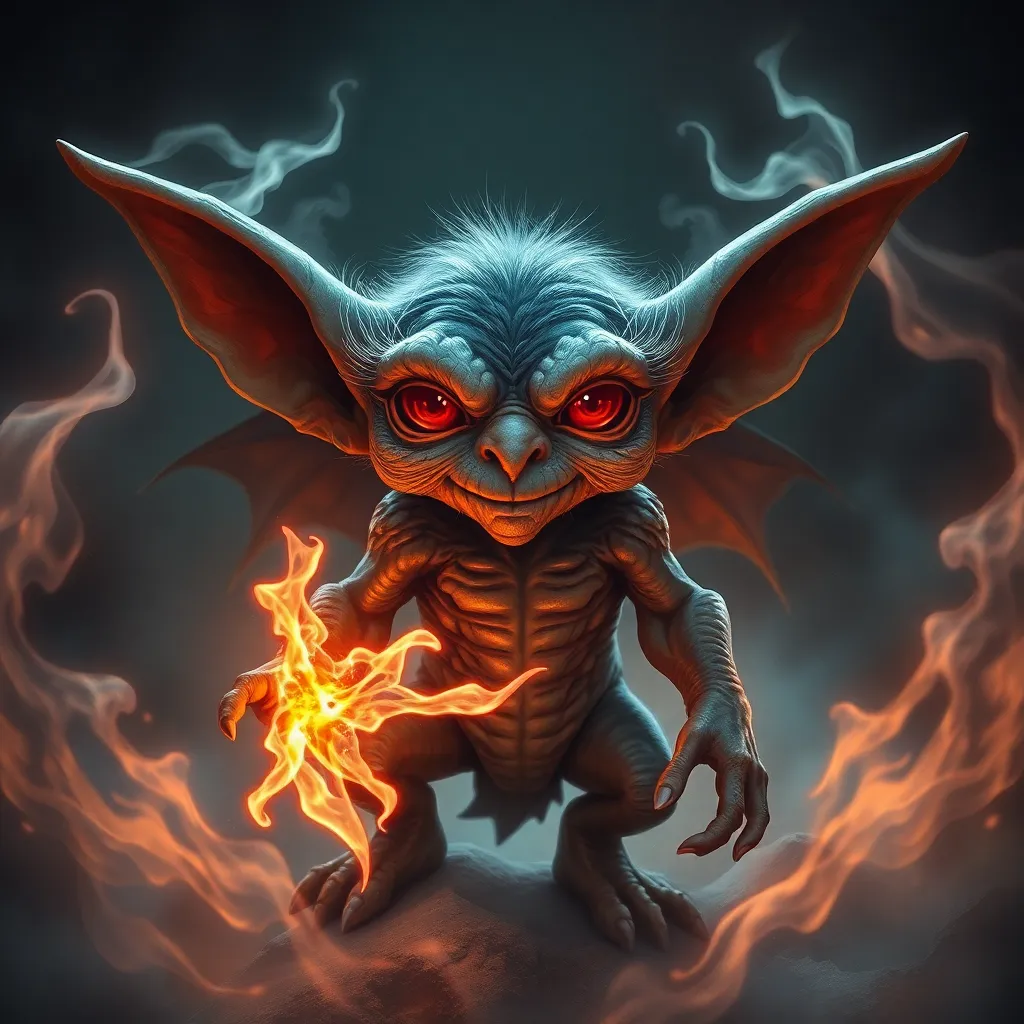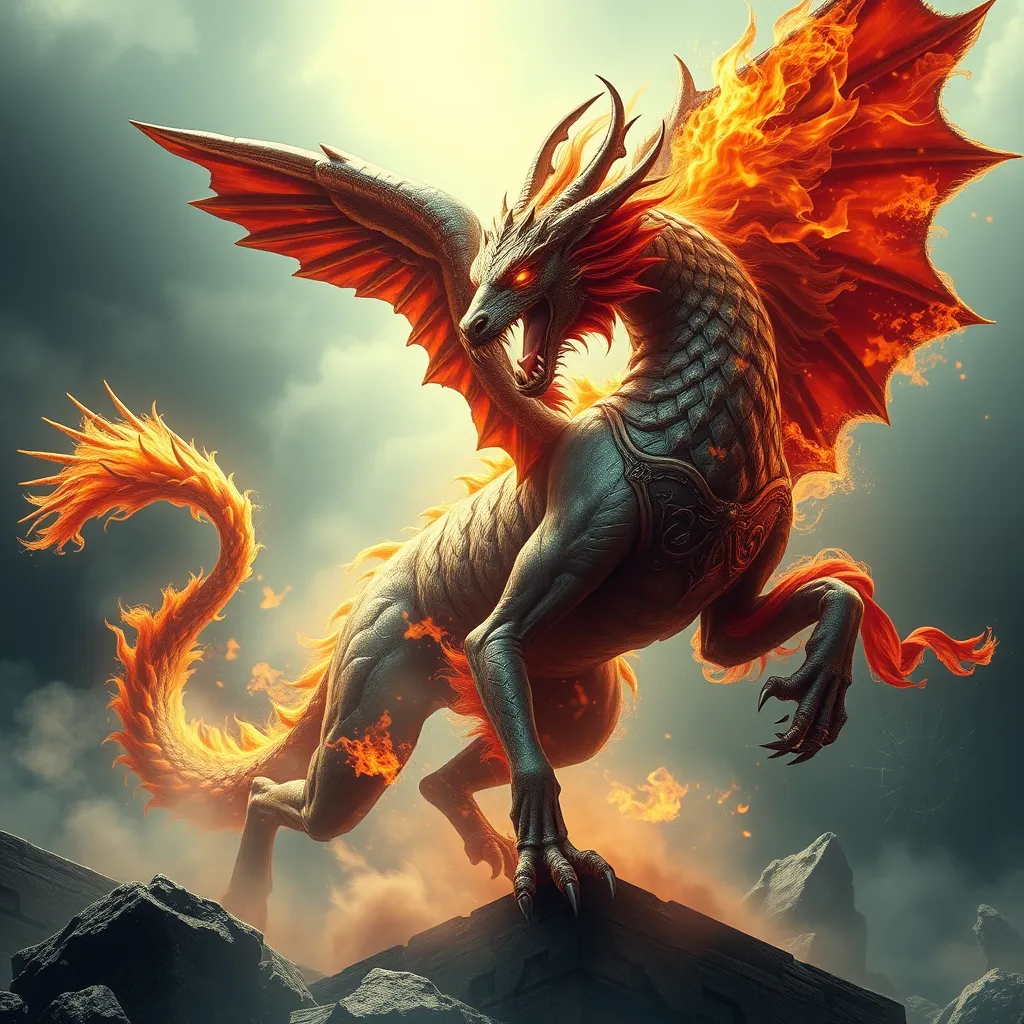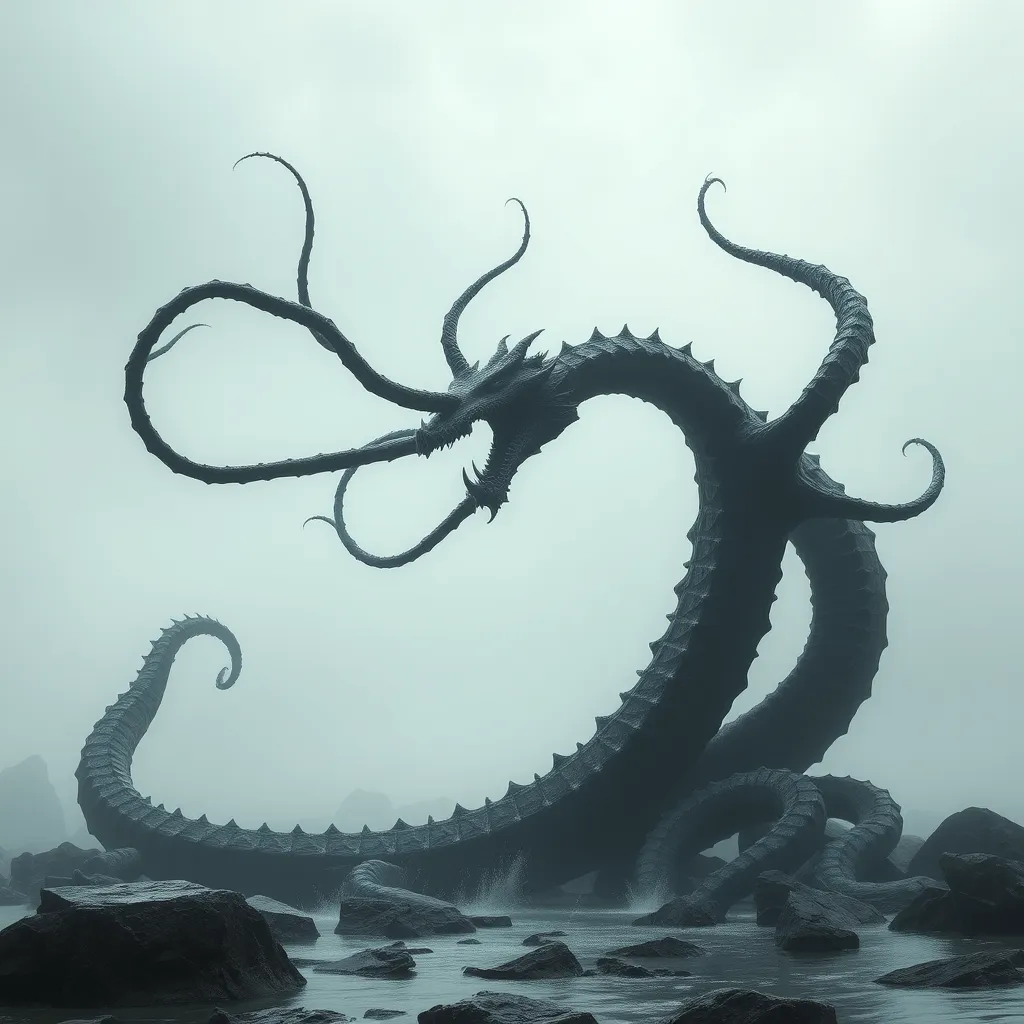The Gremlin’s Power: Exploring the Capabilities and Limitations of Gremlin Beings
I. Introduction to Gremlins
Gremlins are mischievous creatures that have captured the imagination of many across different cultures and eras. Their definition often encompasses beings that are known for causing chaos and trouble, particularly in mechanical and technological contexts. The concept of gremlins originated during the early 20th century, primarily among British Royal Air Force pilots, who attributed unexplained mechanical failures to these impish beings.
The historical context of gremlins can be traced back to World War II when pilots would often joke about gremlins sabotaging their aircraft. This playful notion took on a life of its own, embedding itself in popular culture and folklore. As a result, gremlins have become symbolic figures representing the unforeseen troubles that arise in various situations.
Gremlins are often characterized by their small stature, green skin, and mischievous nature. They are typically portrayed as playful yet malevolent, capable of wreaking havoc while also possessing a sense of humor. Their duality makes them intriguing figures in both folklore and modern interpretations.
II. The Capabilities of Gremlin Beings
Gremlins are renowned for their mischievous abilities, which manifest in various forms. Their antics often involve:
- Causing mechanical malfunctions.
- Playing pranks on unsuspecting individuals.
- Manipulating environmental factors to create chaos.
One of the most notable capabilities of gremlins is their ability to interfere with technology. They are often depicted as causing malfunctions in machines, particularly airplanes and other forms of transportation. This technological interference has become a staple of their lore, leading to the term “gremlin” being used to describe inexplicable technical failures.
In addition to their mischievous tendencies, gremlins are sometimes attributed with supernatural powers. These powers can include:
- Shape-shifting abilities.
- Telekinesis or the ability to move objects at a distance.
- Supernatural speed and agility.
III. The Role of Gremlins in Popular Culture
Gremlins have made significant contributions to folklore and myth, evolving from mere legends into prominent figures in literature and film. Their portrayal in popular culture has further cemented their status as iconic creatures.
In literature, gremlins have been featured in various works, often representing chaos and the unpredictable nature of technology. The most famous depiction of gremlins in film is the 1984 movie “Gremlins,” directed by Joe Dante. This film introduced a new generation to the concept of gremlins, showcasing their mischievous nature and the consequences of not adhering to rules regarding their care.
Gremlins have influenced modern interpretations and adaptations, appearing in video games, merchandise, and even as mascots for various brands. Their cultural significance continues to evolve, reflecting societal attitudes towards technology and chaos.
IV. Psychological and Symbolic Interpretations
On a psychological level, gremlins can be seen as representations of human fears and anxieties. They embody the unpredictability of life and the chaos that can arise from seemingly minor issues. In contemporary society, gremlins serve as a metaphor for the small problems that can snowball into larger crises.
The metaphorical significance of gremlins extends to various aspects of human experience, including:
- Workplace stress and the feeling of being overwhelmed by minor setbacks.
- The unpredictable nature of technology and the frustrations it can cause.
- Personal anxieties about control and the unforeseen challenges of life.
Psychological theories related to gremlin behavior often focus on the concept of projection, where individuals project their fears and frustrations onto external entities. This projection highlights the human tendency to externalize blame when faced with challenges.
V. Limitations and Vulnerabilities of Gremlins
Despite their mischievous nature and supernatural attributes, gremlins have limitations and vulnerabilities. Several factors can neutralize their powers:
- Awareness and understanding of their behaviors can mitigate their impact.
- Technological advancements can reduce the likelihood of gremlin-induced failures.
- Human creativity and problem-solving skills can outsmart gremlin antics.
Environmental and situational constraints also play a significant role in limiting gremlin capabilities. For instance, in controlled environments where technology is regularly maintained, the chances of gremlin interference diminish. Additionally, the presence of vigilant individuals who can recognize and counteract gremlin-like disruptions can significantly reduce their effectiveness.
VI. Gremlins in Technology: Real-World Parallels
The concept of “gremlins” has transcended folklore and found its way into the realm of engineering and technology. Engineers often refer to inexplicable malfunctions as “gremlins,” highlighting the frustrations that come with unpredictability in technology.
Case studies of technological failures attributed to gremlin-like behavior include:
- Aircraft malfunctions that occur without clear explanations.
- Software bugs that lead to system crashes.
- Mechanical breakdowns that seem to defy logical reasoning.
These real-world parallels serve as reminders of the complexities of technology and the unforeseen challenges that can arise, often likened to the mischief attributed to gremlins. Lessons learned from these challenges emphasize the importance of thorough testing and maintenance in technology to prevent “gremlin”-like failures.
VII. The Future of Gremlins in Society
As society continues to evolve, so does the lore surrounding gremlins. Emerging trends in gremlin mythology often reflect contemporary issues, such as technological dependence and the anxieties that accompany it.
The relevance of gremlins in the digital age is particularly noteworthy, as technology becomes more complex and intertwined with daily life. The concept of digital gremlins—bugs, glitches, and other technical issues—has emerged, paralleling the traditional image of gremlins as troublemakers.
Potential shifts in perception and representation of gremlins may lead to more nuanced interpretations, exploring their roles not just as nuisances but as symbols of the challenges faced in a rapidly changing world.
VIII. Conclusion
In summary, gremlins embody a fascinating blend of capabilities and limitations that reflect human experiences and anxieties. Their powers of mischief, technological interference, and supernatural abilities are counterbalanced by their vulnerabilities and the potential for human ingenuity to outsmart them.
The enduring fascination with gremlin beings speaks to our collective desire to understand and navigate the chaos of life—both in technology and in our personal experiences. As readers explore their interpretations of gremlins, they are encouraged to consider the implications of these playful yet profound creatures in the context of modern society.



